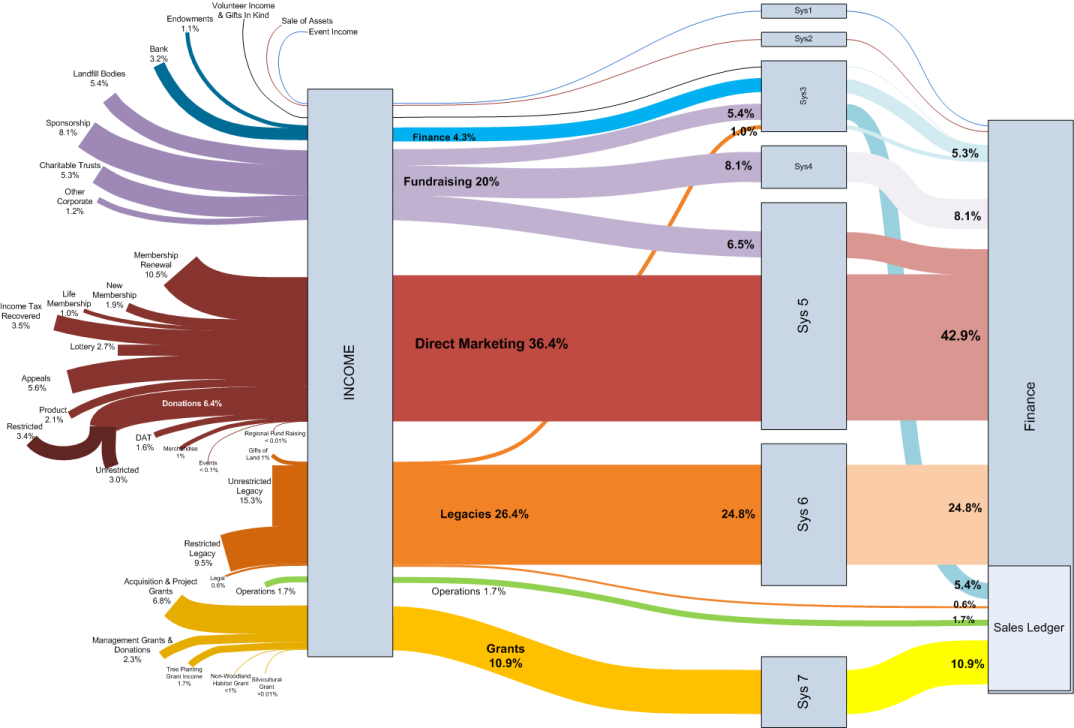
- #BEST MS VISIO TEMPLATE FOR DATA FLOW DIAGRAMS MANUALS OR EVEN#
- #BEST MS VISIO TEMPLATE FOR DATA FLOW DIAGRAMS SOFTWARE FOR DRAWING#
Best Ms Visio Template For Data Flow Diagrams Software For Drawing
They can range from quick, hand-drawn pictures to robust, computer-generated diagrams that break down complex ideas into digestible, easy-to-understand pieces. It’s a Microsoft product, sold as an addition to MS Office.Flow charts give people a way to visually depict a process or system using shapes or a combination of shapes and words. These include flowcharts, org charts, building plans, floor plans, data flow diagrams, process flow diagrams, business process modeling, swimlane diagrams, 3D maps, and many more. Microsoft Visio is software for drawing a variety of diagrams.

By allowing you to identify dependencies, efficiencies, staffing needs and other variables that could impact your project later, flow charts can help you save time and money. Understanding how users navigate a website or storeAlong with the ability to work in almost any scenario, flow charts offer a wide range of benefits, including: Information visualizationA flow chart can be a boon as it provides a visual of how a product or service should work, how a project should flow, or how a network can function before it’s built. Planning project work with multiple stakeholders Creating a plan or structure for a new project, department or business Identifying redundancies, roadblocks and inefficiencies in processes Communicating or standardizing processes
Best Ms Visio Template For Data Flow Diagrams Manuals Or Even
Essentially, flow charts add context to instruction sets, and bring greater efficiency for recurring tasks. Flow charts are also helpful with informational manuals or even onboarding employees. This information can mean fewer meetings, fielding fewer questions and give everyone more time for work. Simplified communicationFlow charts make every detail clear, which can help teams quickly understand the tasks at hand, when and by whom. This way, your files will always be accessible, your teams can stay up to date, your company can stay compliant and you won’t have to reinvent the wheel next time you need to design a similar chart.
Decision treeThink of a decision tree like an “if this, then that” flow chart. So, let’s take a look at what each type of flow chart entails and when and why to use them. Types of flow chartsAlthough flow charts can be used to explain just about anything, most people use them for one of three reasons: to inform decisions, show processes or to visualize data—which is why most flow chart templates fall into one of those three categories. And with simple customizations, streamlined collaboration and built-in version control, you can create exactly what your organization needs, seek input at every stage and will always know where the latest and greatest files are.
Data flow chartWhen you need to take a deep dive into your data, a data flow diagram can help. Process flow chartBy giving you the power to diagram and analyze the flow of activities when producing a product or service, a process flow chart can help you find gaps and redundancies in your process, identify where specific resources, equipment or people are needed, reveal potential bottlenecks or problem areas, and uncover possible efficiencies.Along with outlining how an activity should function, or the provisions of a product or service, process flow charts can also onboard new employees, train existing teams or help outside vendors or consultants understand your business and where they fit in. Because of their nature, decision trees are especially good at highlighting probabilities and benefits and can even be used to design algorithms that help predict outcomes.
Make your diagrams easy to read. So, let’s look at some tips for creating a flow chart that not only informs but looks spectacular. Example: Data Flow Chart Diagram Flow chart tipsMaking a flow chart, especially when using a flow chart template is simple, but making a great flow chart takes a little more thought. And, because tech teams and non-technical stakeholders can use them, they’re a great option when you have to present to a broad audience.

To learn more, check out this step-by-step guide for automating flow charts from structured data in spreadsheets, and take a deep dive into modern flow chart tools. With embedded flow charts and BI tools, you can turn data into engaging visuals, create interactive reports, explore data granularly, and gain insights that make fast, informed decisions possible.There are so many new ways to create flow charts and bring innovation to your business. By using a flow chart maker and productivity tools, you can pull content for your diagrams from all your go-to sources, including documents, files and social media sites.Also, you might consider integrating your flow charts with business intelligence (BI) tools, allowing you and your team to interact with your data and tell a better story. With templates, built-in version control, easy collaboration and the option to edit them anytime, they can help you test out designs and create and manage your diagrams on your schedule.Whether you need to make a decision, explain a process, or share data with your CEO, embedding flow charts into other business applications and communication tools can further enhance productivity.


 0 kommentar(er)
0 kommentar(er)
